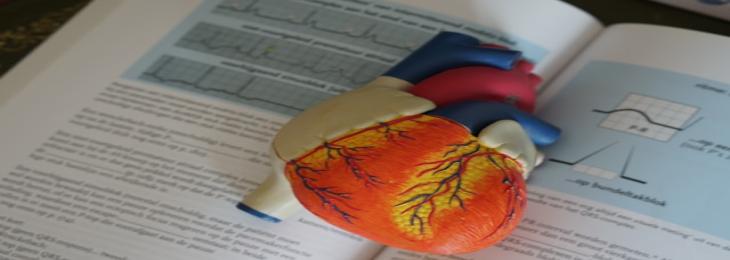
It has remained unclear when atherosclerotic alterations in the blood vessel in a normal condition may proceed to severe cardiovascular disease. A platform technology for selective and multicolor nano traces that depicts the risk patterns in the progression of progressing cardiovascular disease in an animal model
Risk pattern illustrated by a heart of mouse with a substantially damaged out and therefore severely damaged right side of the heart as a result of subsequent harm to be observed in the additional test. The progression of such vascular disorders includes inflammation of artery, thrombosis following the separation of tiny units of vascular plaque, and vascular blockage leading to irreversible damage, such as myocardial infarction.
Three ligands are related to specific types of perfluorocarbons nanoemulsion to demonstrate the risk patterns. They are targeted particularly at inflammation areas, chronic and acute thrombi. They lodge themselves there and become noticeable and distinct using a definite MRI imaging method (19F-MRI). This allows the researchers to pinpoint spots that are at greater risk of suffering a stroke. This occurs when no standard laboratory diagnosis or ECG parameter suggests an impending risk.
The researchers demonstrate that the multi-color multi-targeted 1H/19F MRI method they devised can visualize these patterns accurately and before the beginning of infarction. Only one MRI test is necessary to identify each afflicted area and distinguish them by color in terms of inflammation, newly formed, or advanced thrombi. As a result, the early discovered susceptible areas may differ between individuals (mouse model). Furthermore, it is crucial to note that in each case, enormous secondary damage occurred in these areas.
In subsequent studies, researchers demonstrated that the multi-targeted 1H/19F MRI method can visualize the complete vicious platelet adhesion circle, immune cell infiltration, and thrombi formation that leads to coronary myocardial infarction, atherothrombotic, and ventricular function deterioration.






